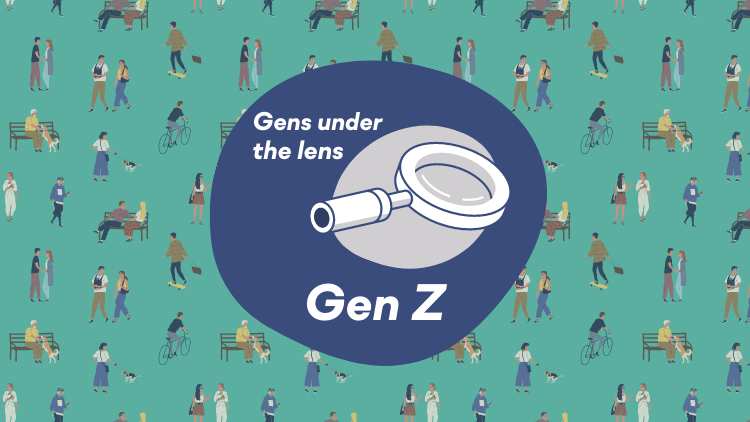Modern Marketing, The Customer Effect
Gens under the lens: The Gen Z consumer
- Generation Z, also known as Zoomers, represents individuals born between 1997 and 2012, following Millennials.
- They grew up with the internet, computers and smartphones, are tech-savvy and all about digital finance.








